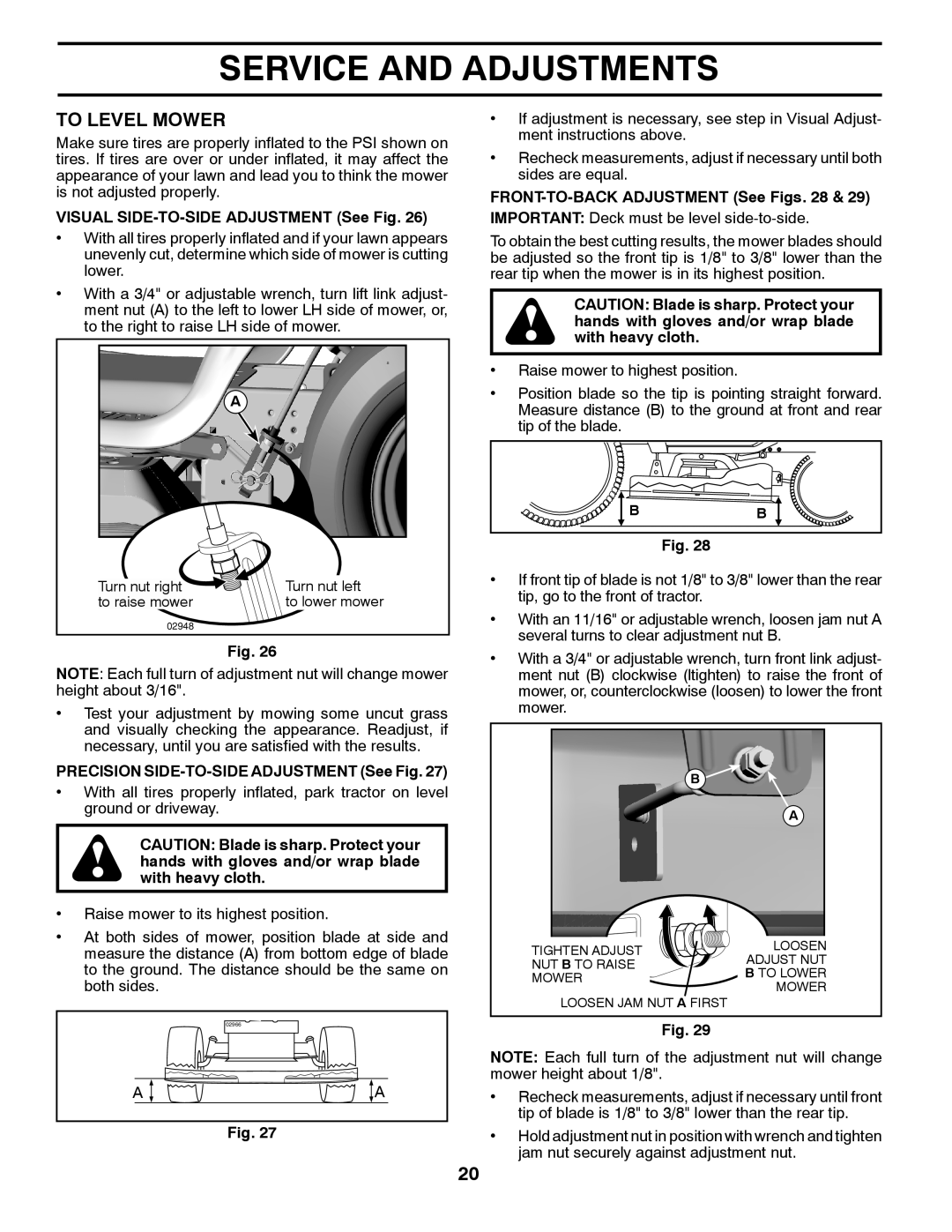960480001, 96048000100, 435057 specifications
The Weed Eater 960480001, 96048000100, and 435057 are popular models designed for efficient lawn maintenance and landscaping. Renowned for their performance and reliability, these weed eaters are essential tools for both professional landscaping services and homeowners who desire a pristine yard.One prominent feature of the Weed Eater line is its lightweight design, making it easy to maneuver around garden beds, trees, and other obstacles. Weighing significantly less than many competitive options, these models reduce fatigue during extended use, allowing users to tackle large areas without discomfort.
The 960480001 and 96048000100 models come equipped with powerful 27cc or higher engines, delivering ample power for tackling thick grass and weeds. Their advanced gas-powered engines ensure longer run times, allowing users to complete their tasks without frequent refueling. The 435057 model, on the other hand, features a reliable electric motor, appealing to those who prefer a quieter and more environmentally friendly option.
All models incorporate a patented Easy Start technology, which minimizes the effort required to start the engine. This feature is particularly beneficial to novice users, as it simplifies the operation of the weed eater. Additionally, the automatic line feed system ensures a steady supply of trimming line, reducing interruptions during operation and allowing users to work continuously on their landscaping tasks.
The ergonomic design of the Weed Eater includes adjustable handles, providing comfort and control during use. The cushioned grips absorb vibrations, enhancing user comfort and reducing strain on the hands and arms. Moreover, the flex shaft technology found in these models improves durability while allowing flexibility in difficult-to-reach areas.
Safety features, such as protective shields and easy-access controls, further enhance the usability of these weed eaters. The robust construction ensures longevity, even under challenging conditions, making them a reliable choice for regular use.
In summary, the Weed Eater 960480001, 96048000100, and 435057 models stand out for their lightweight design, powerful engines, easy-start technology, and user-friendly features. Whether you’re a homeowner or a professional landscaper, these weed eaters are designed to meet your lawn care needs efficiently and effectively.

